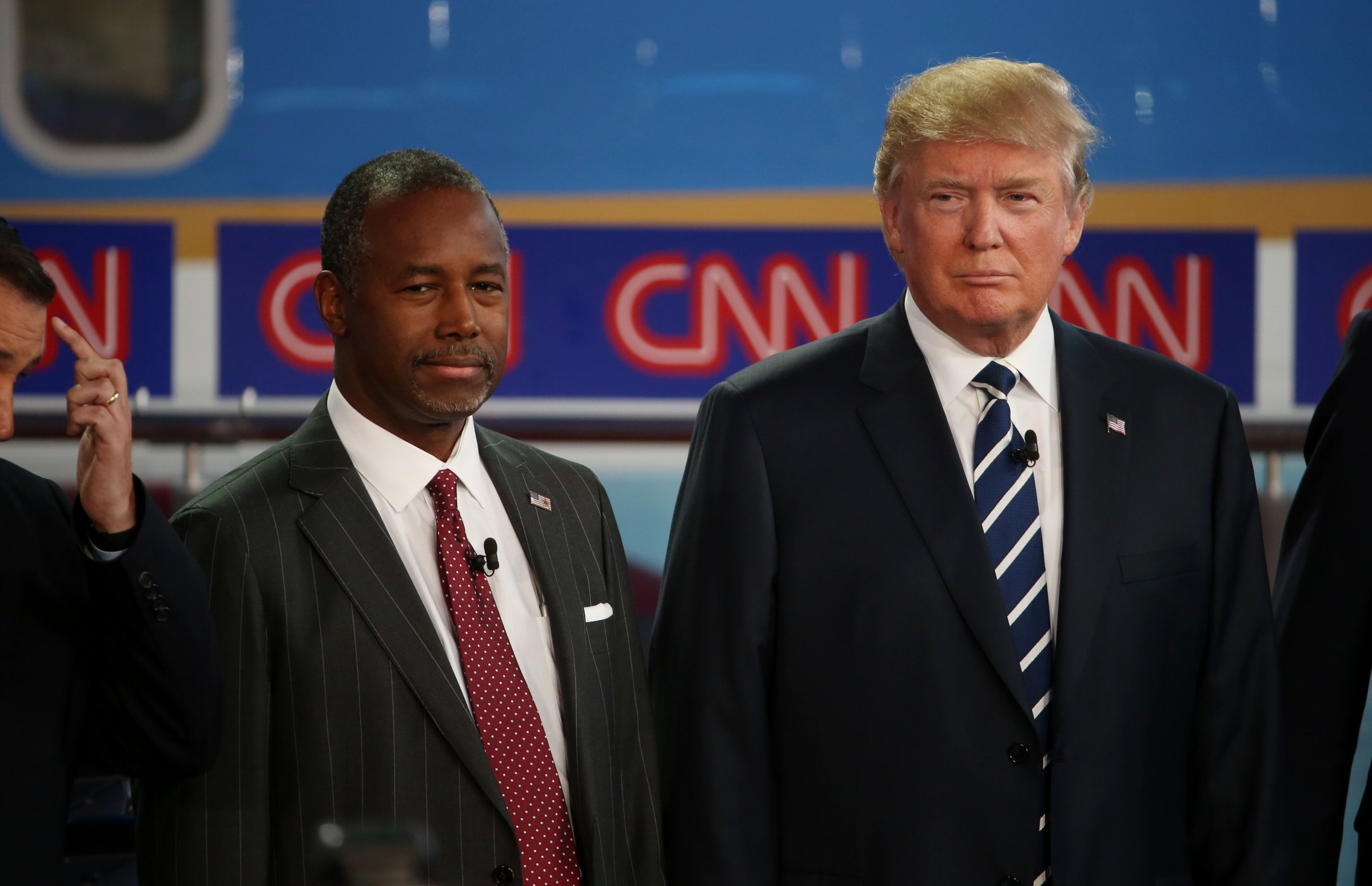
The presidential campaign silly season is upon us, and it hasn’t disappointed. But the race to succeed Barack Obama is about to get much more serious. With competition among Republicans getting tougher and the first Democratic debate on October 13, now’s a good time to take stock of the U.S. presidential race. These five facts detail which numbers to pay attention to—and which ones don’t matter.
1. Rise of the Outsiders
Each presidential election sees the rise of at least one “outsider” candidate—think Ralph Nader in 2000, or Ross Perot in 1992. This year we’re blessed with four: Donald Trump, Ben Carson, Carly Fiorina and Bernie Sanders.
The American electorate seems more confused than ever about what qualities they want in their candidates. Six months ago, 43 percent of Americans said they valued “new ideas and a different approach” in candidates; 50 percent said they preferred “experience and a proven record.” Today those numbers have reversed—55 percent prefer new ideas over experience, with just 37 percent wanting a leader with a proven track record. The numbers are more striking when you break them down by party. In March, 36 percent of Republicans said they valued new ideas over experience; by September, it was 65 percent.
It’s unclear whether it’s the outsider candidates driving the shift in public opinion, or if it’s shifting public opinion that’s driving these candidates. What is clear is that even if anti-establishment candidates don’t win their party’s nomination, they’ll play a big role in setting the agenda.
See Bernie Sanders' Career in Photographs



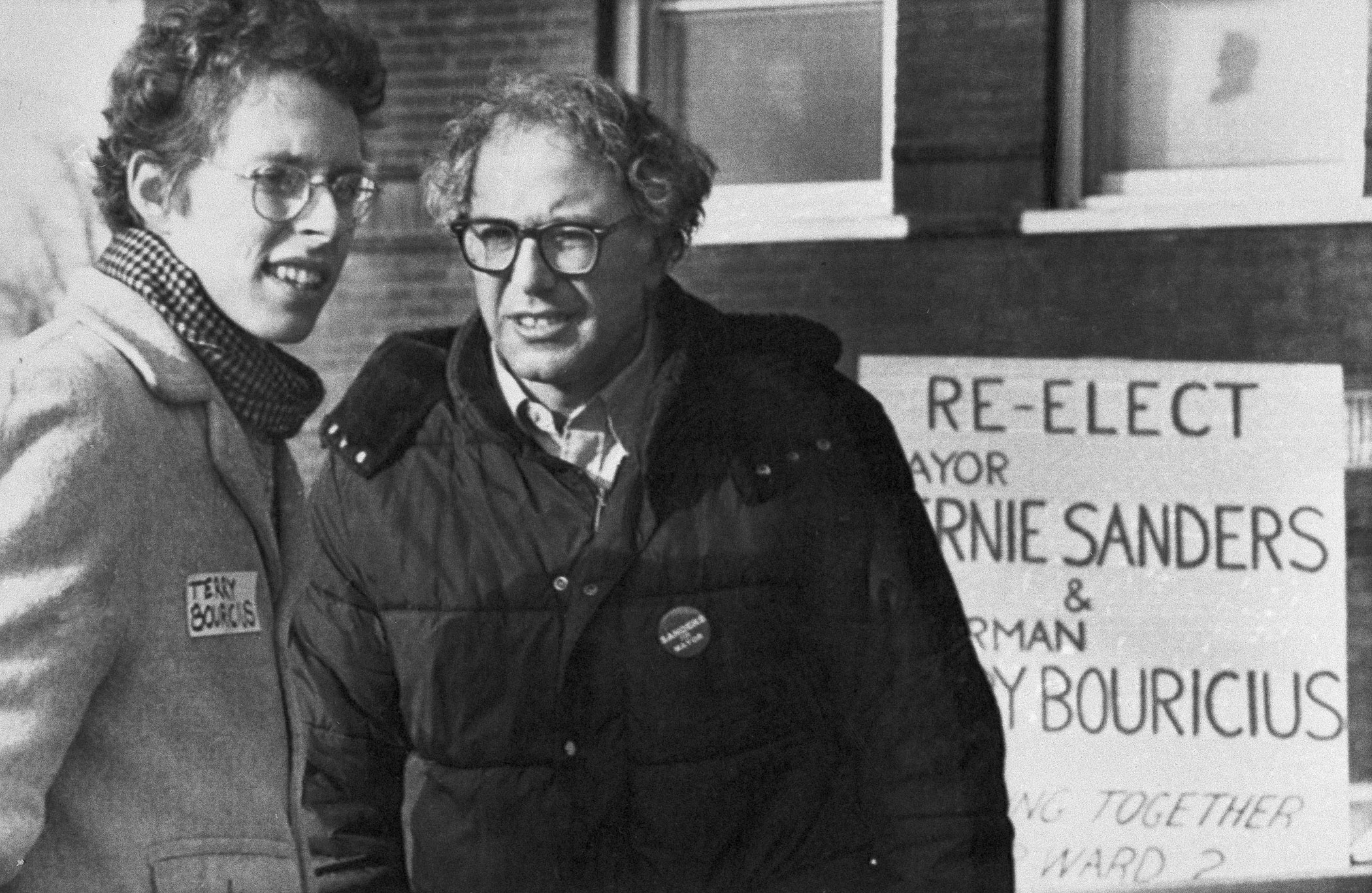


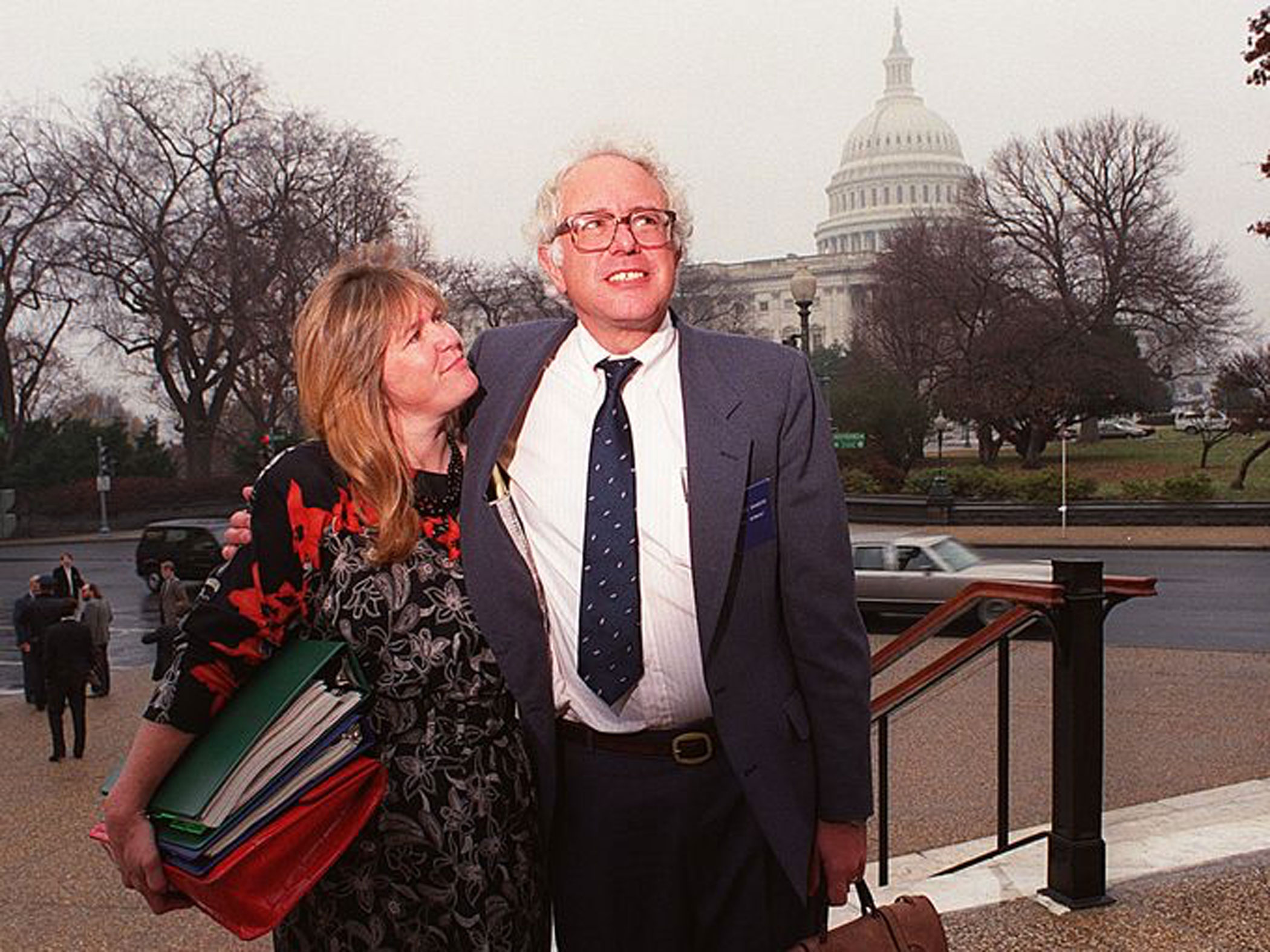

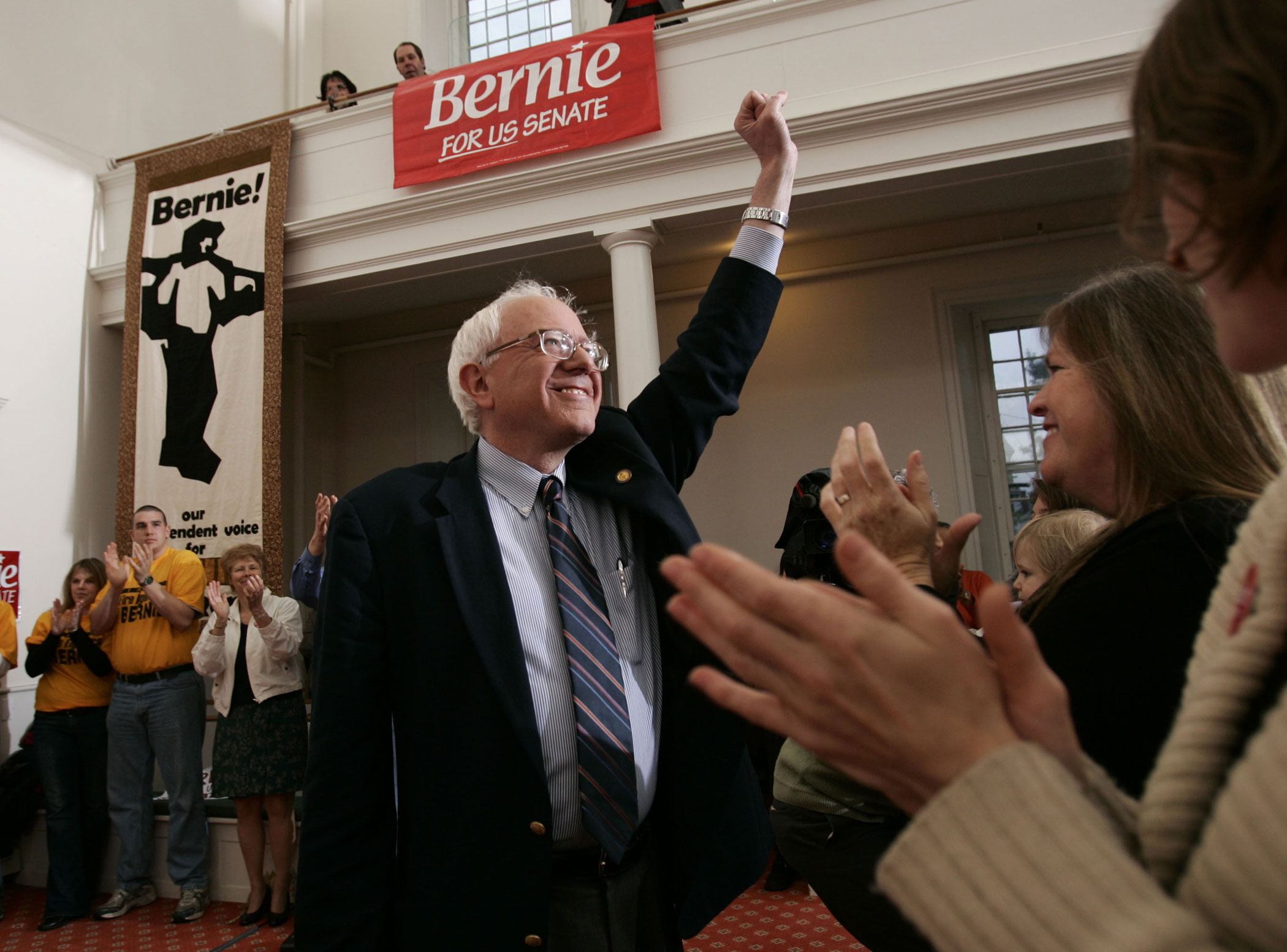
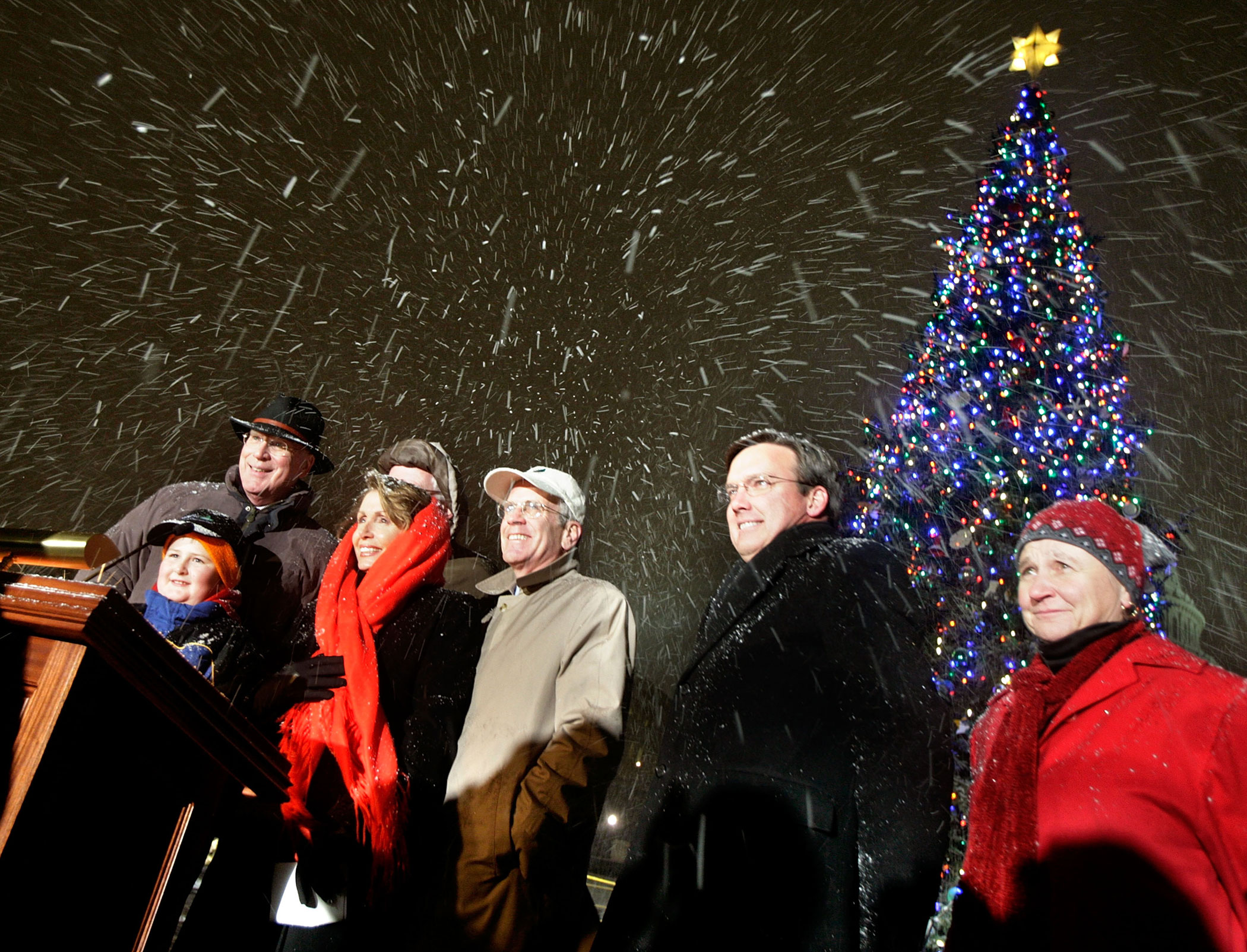
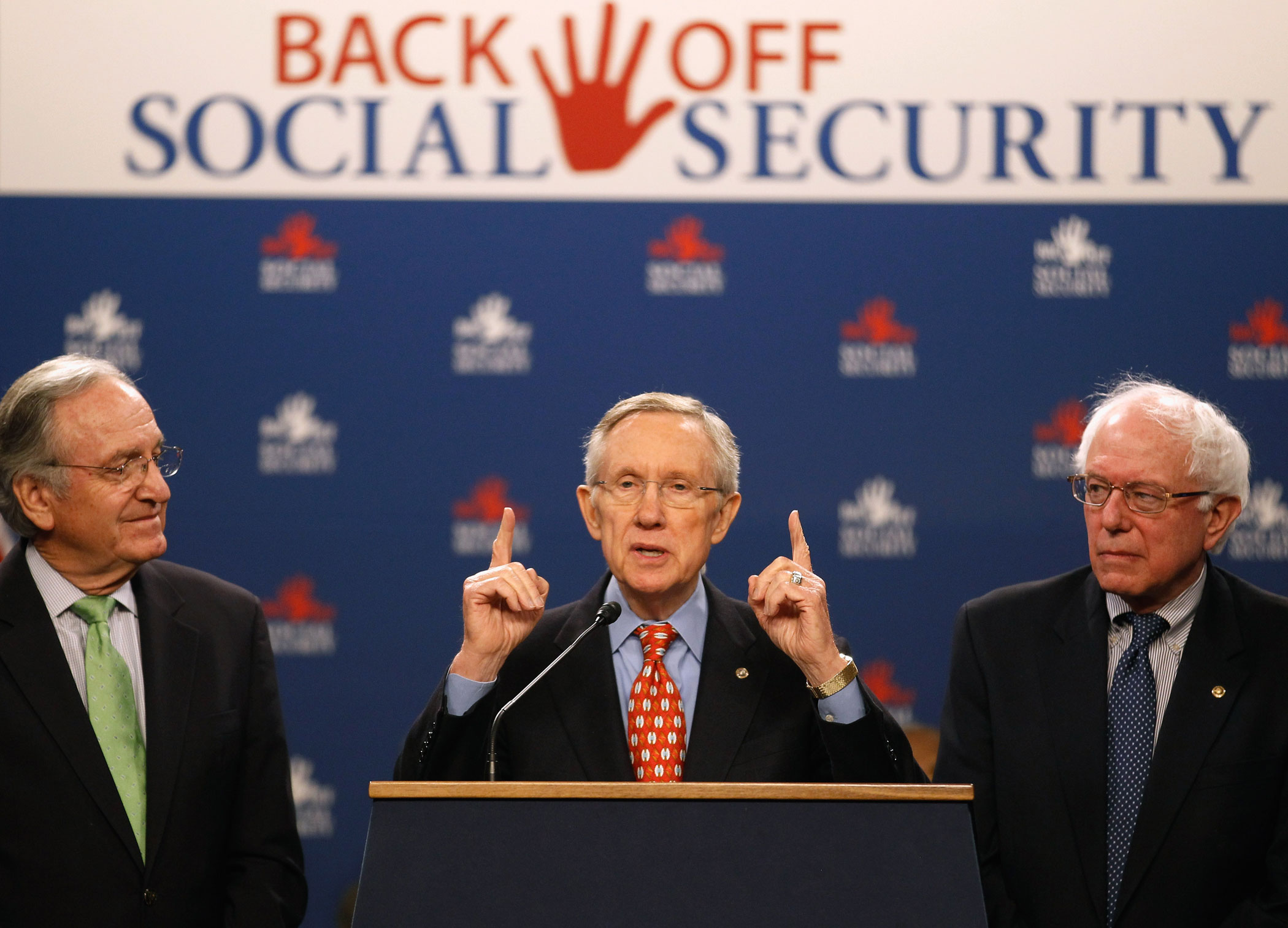
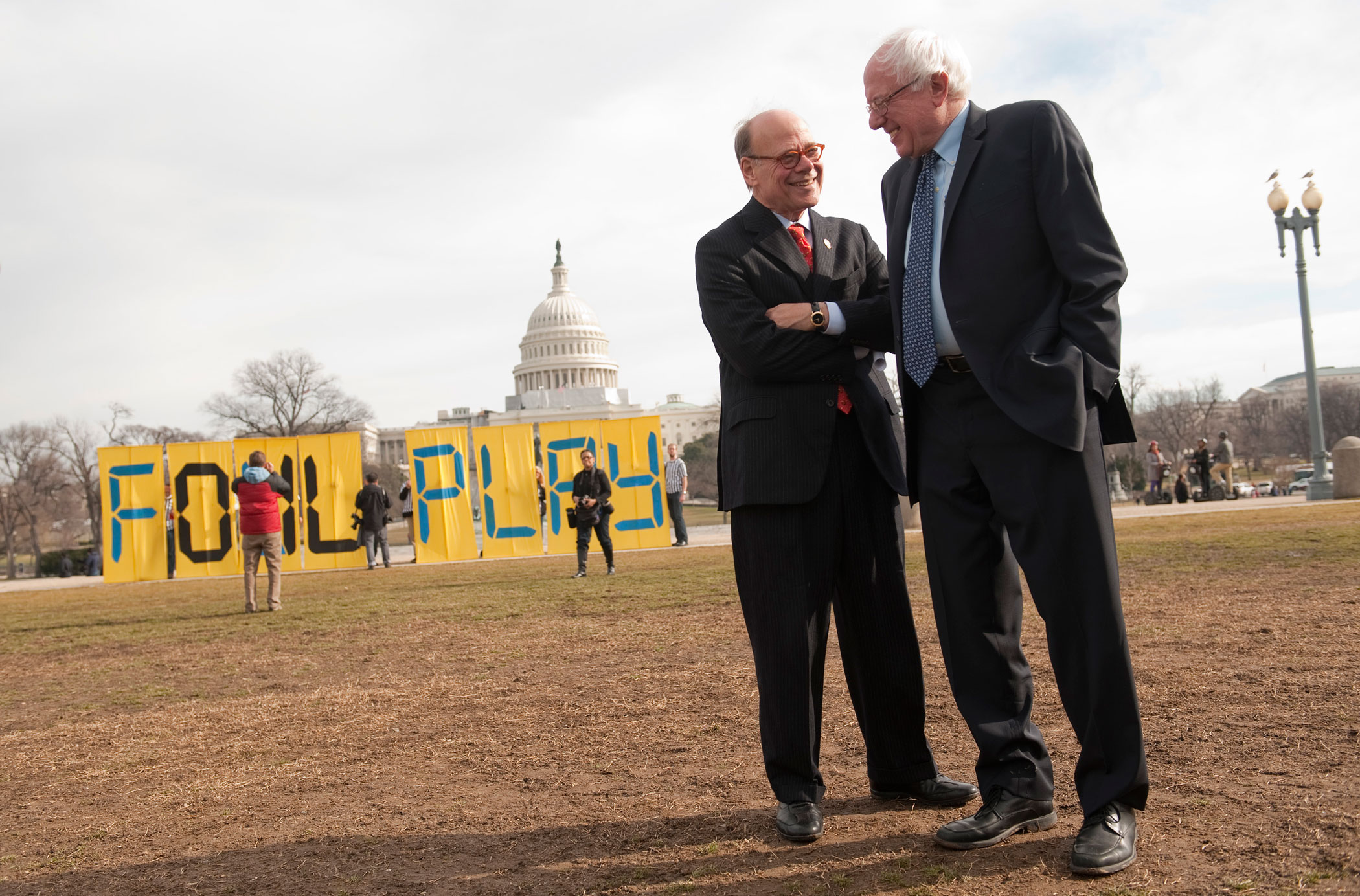
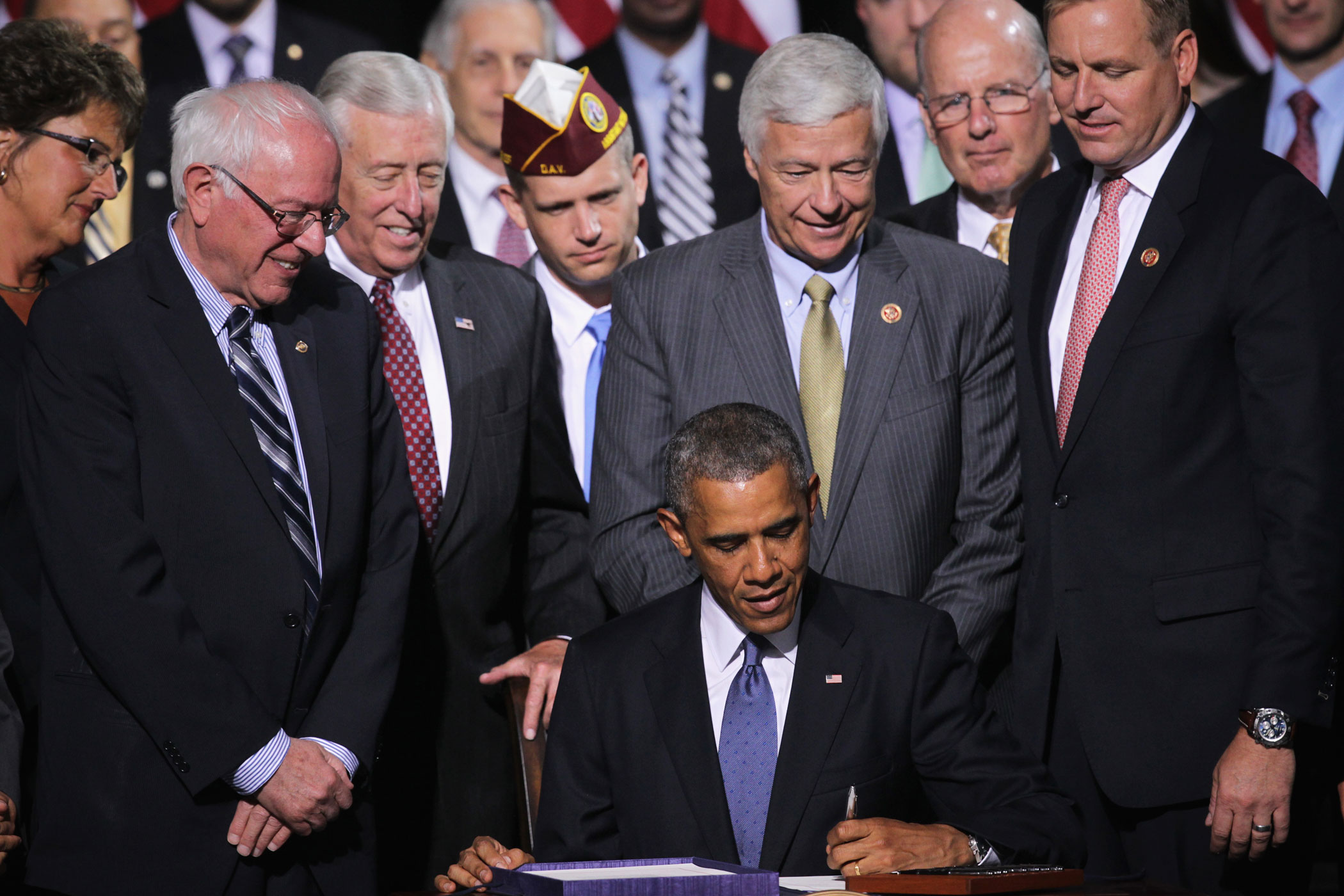
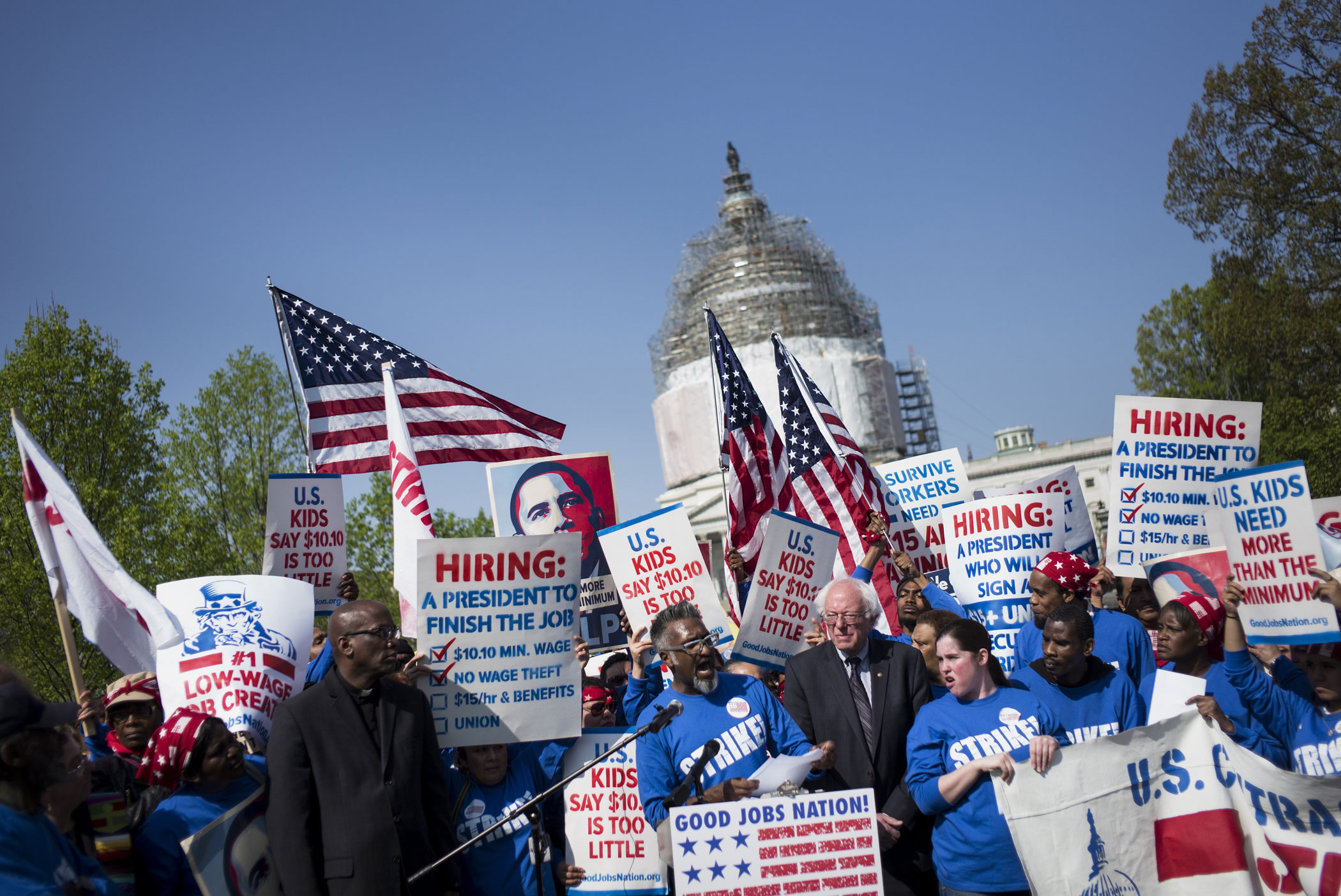

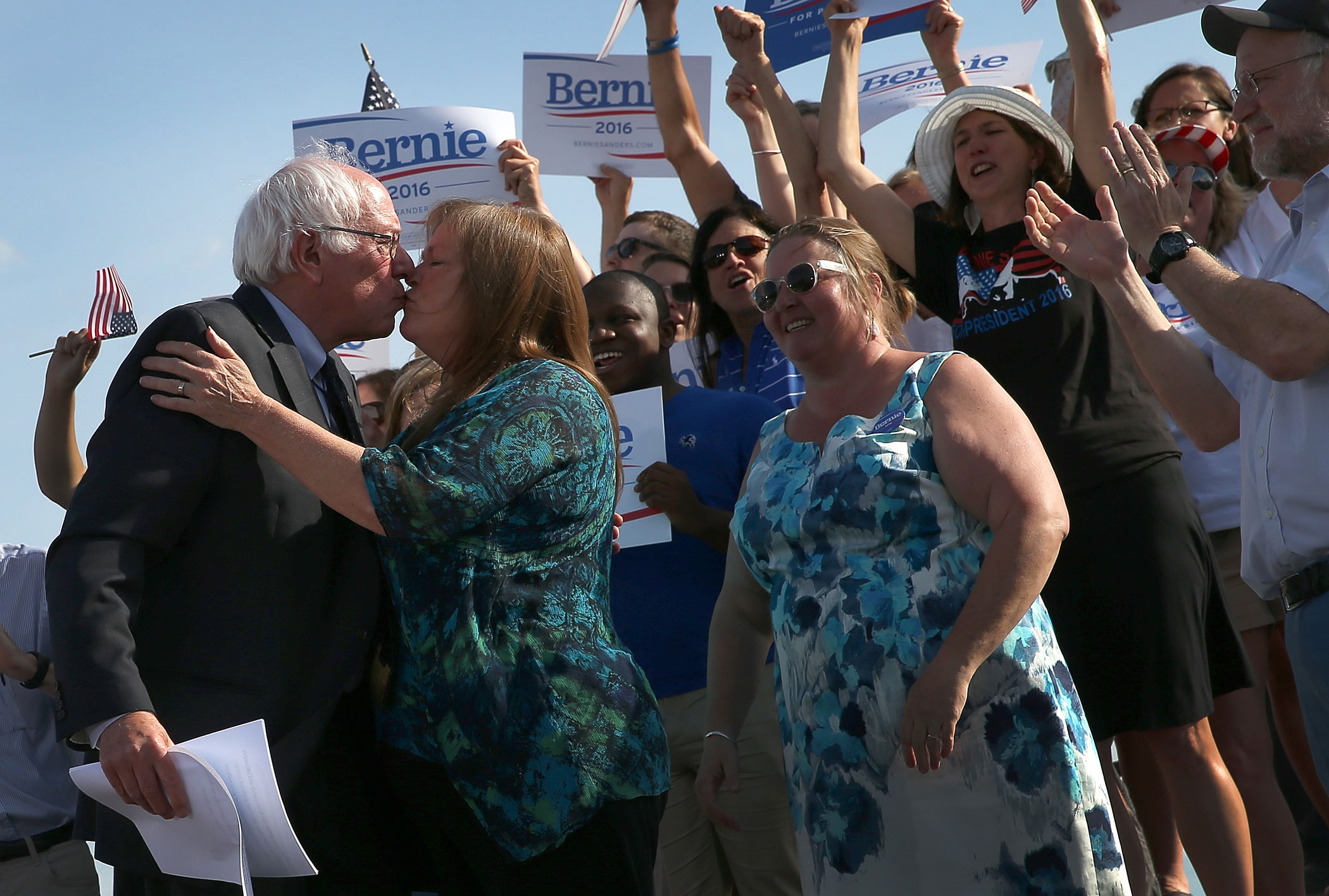





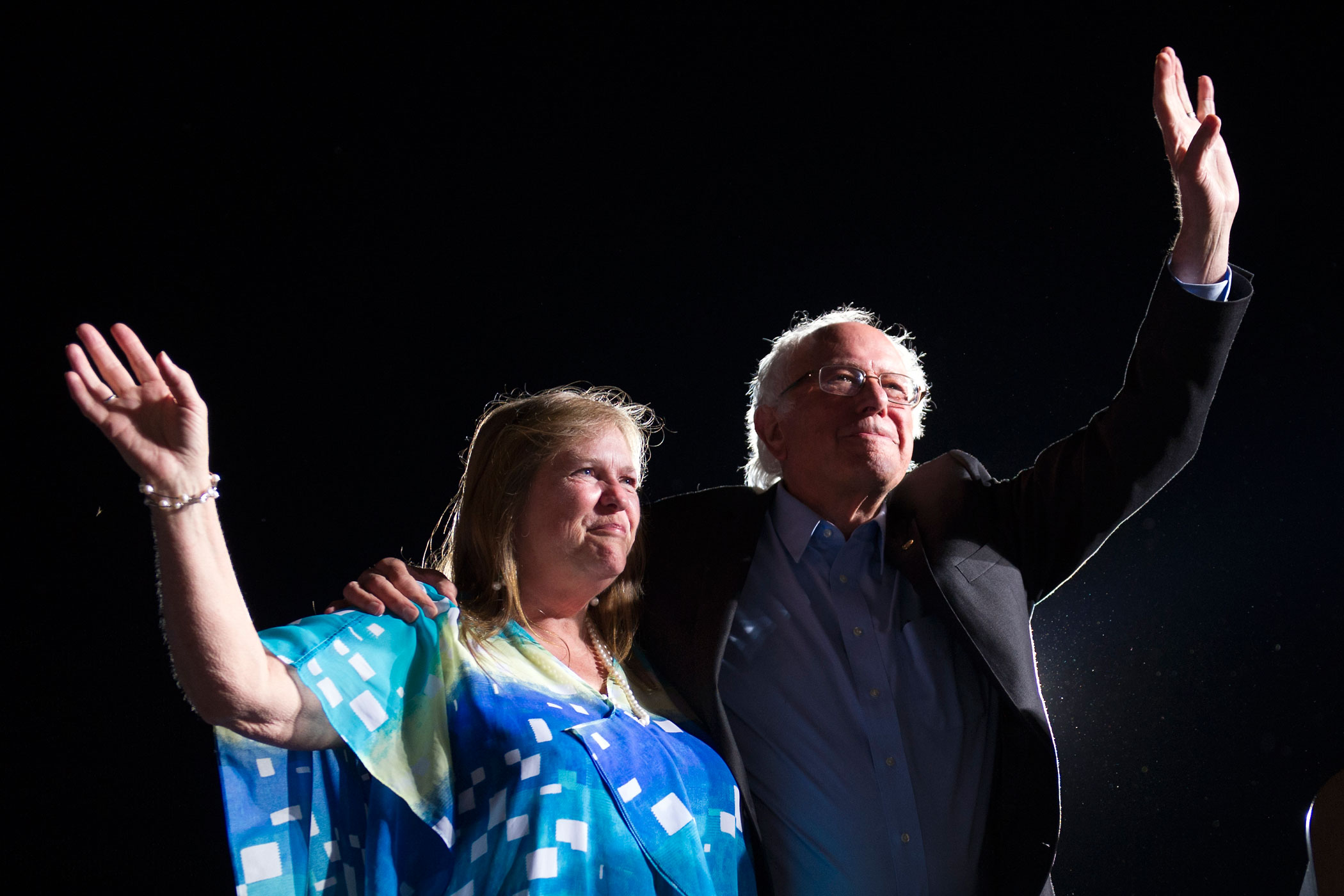
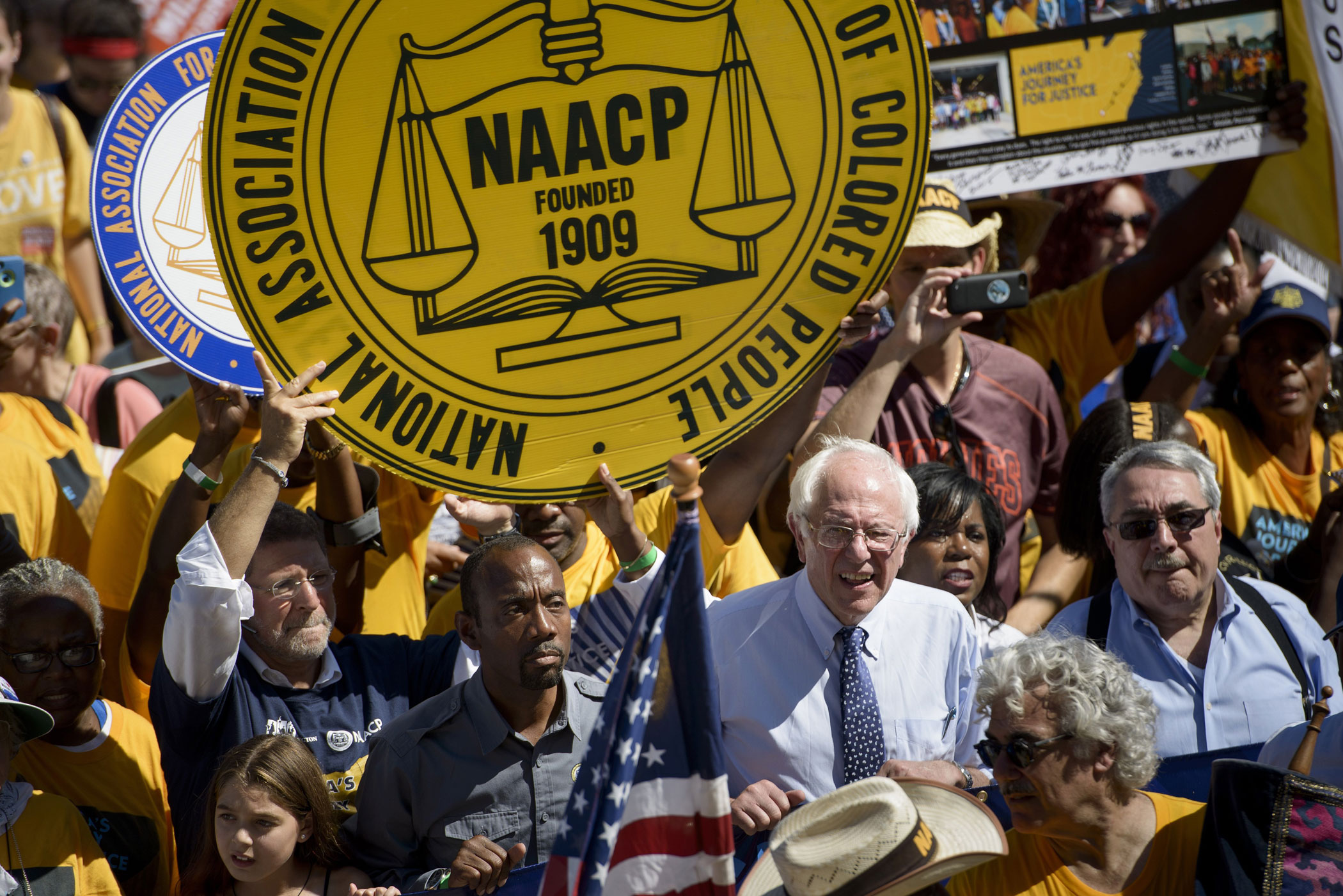
2. Fundraising: Individual Contributions
The media loves to focus on fundraising totals, because they provide a more comprehensive snapshot than opinion polls of a candidate’s longer-term potential. That’s why you’ll hear a lot about Carson raising $31 million and Sanders raising $25.7 million in Q3. Especially for outsider candidates, these numbers suggest these campaigns have staying power. But fundraising numbers are also evaluated according to expectations. Hillary Clinton, the ultimate insider candidate, still leads the Democratic field with a $28 million Q3 performance, but that’s down 41 percent from the $47.5 million she raked in in Q2.
But here’s the rub: In the past, Q3 fundraising numbers from the year before the election have been awful predictors of a candidate’s staying power. In 2003, Howard Dean raised more than three times the amount the eventual Democratic nominee John Kerry raised; in 2007, Mitt Romney raised more than three times the amount eventual GOP nominee John McCain did, and Hillary Clinton raised $6 million more than Barack Obama. In 2011, Rick Perry outraised Romney by $3 million. These numbers matter—just ask Scott Walker, one of the first casualties of 2016—but take them with a grain of salt.
(International Business Times, Real Clear Politics, NBC News)
3. Fundraising: Mega Donors
With the 2010 Citizens United decision came the rise of the super PAC, funding vehicles that allow mega donors to play an outsized role in campaign financing. In the first six months of 2015, super PACs raised almost $255 million, or nearly double the amount that individual campaigns had raised to that point. In particular, the Koch brothers have established a donor network of more than 200 wealthy conservatives that intends to spend $900 million on the presidential and other elections in 2016.
Super PACs have raised more than $234 million in support of GOP candidates. That’s 70 percent of the $323 million total donated to GOP campaigns so far. Super PACs have also accounted for about $17.4 million for Democrats, or 12.7 percent of nearly $137 million. Jeb Bush is leading all candidates in fundraising with $120 million—and more than 90 percent of that is from Super PACs. To this point, Democrats have relied much less on large donors. Clinton has taken in virtually all the Super PAC money for Democrats, but that’s just $17.1 million of her $92.1 million total haul. Bernie Sanders has raised more than $41.1 million to date without a cent from a super PAC. Who else hasn’t accepted super PAC money? Trump, who is bankrolling himself.
(The News & Observer, The Guardian, The Washington Post)
See Carly Fiorina's Career in Photographs

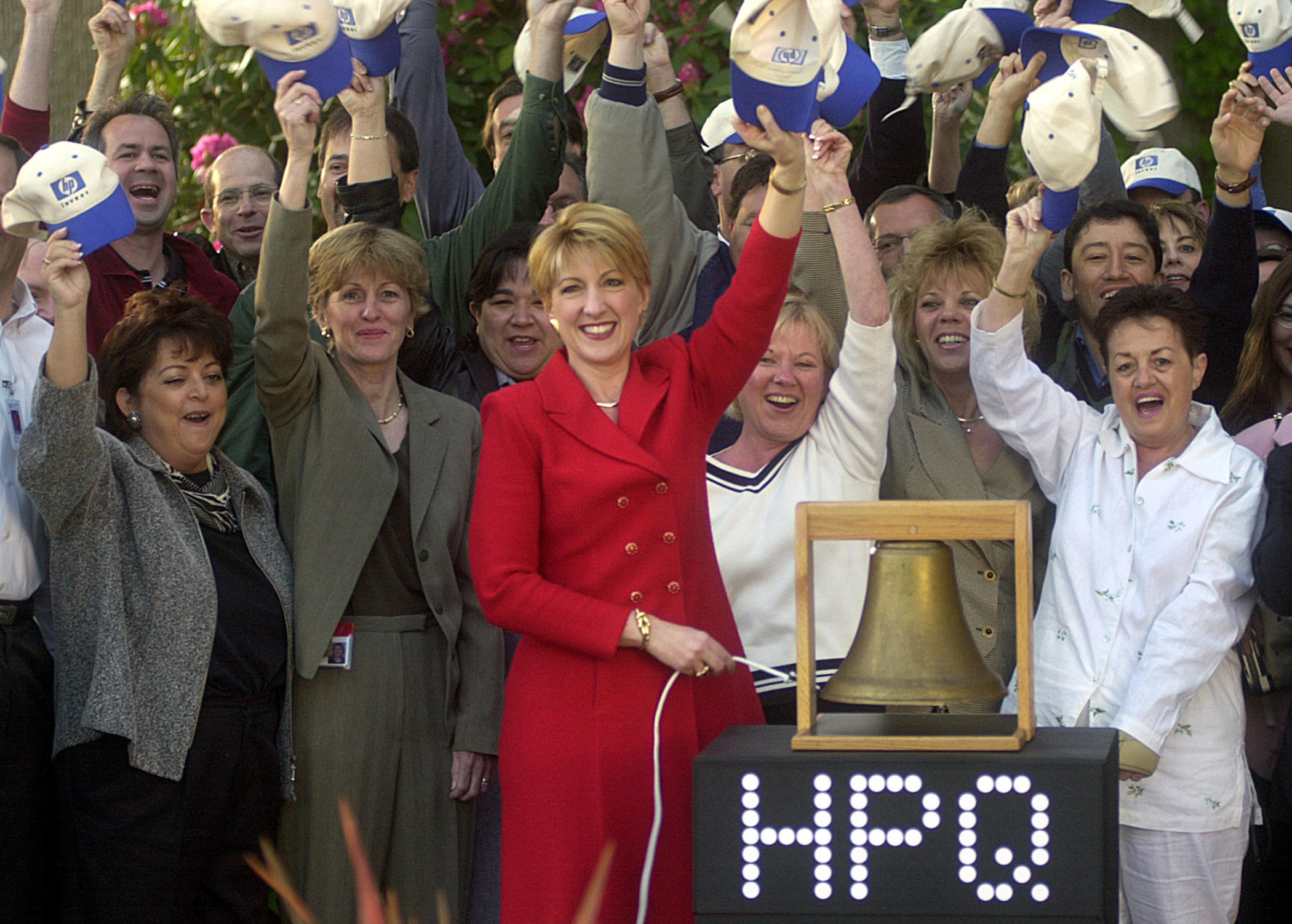


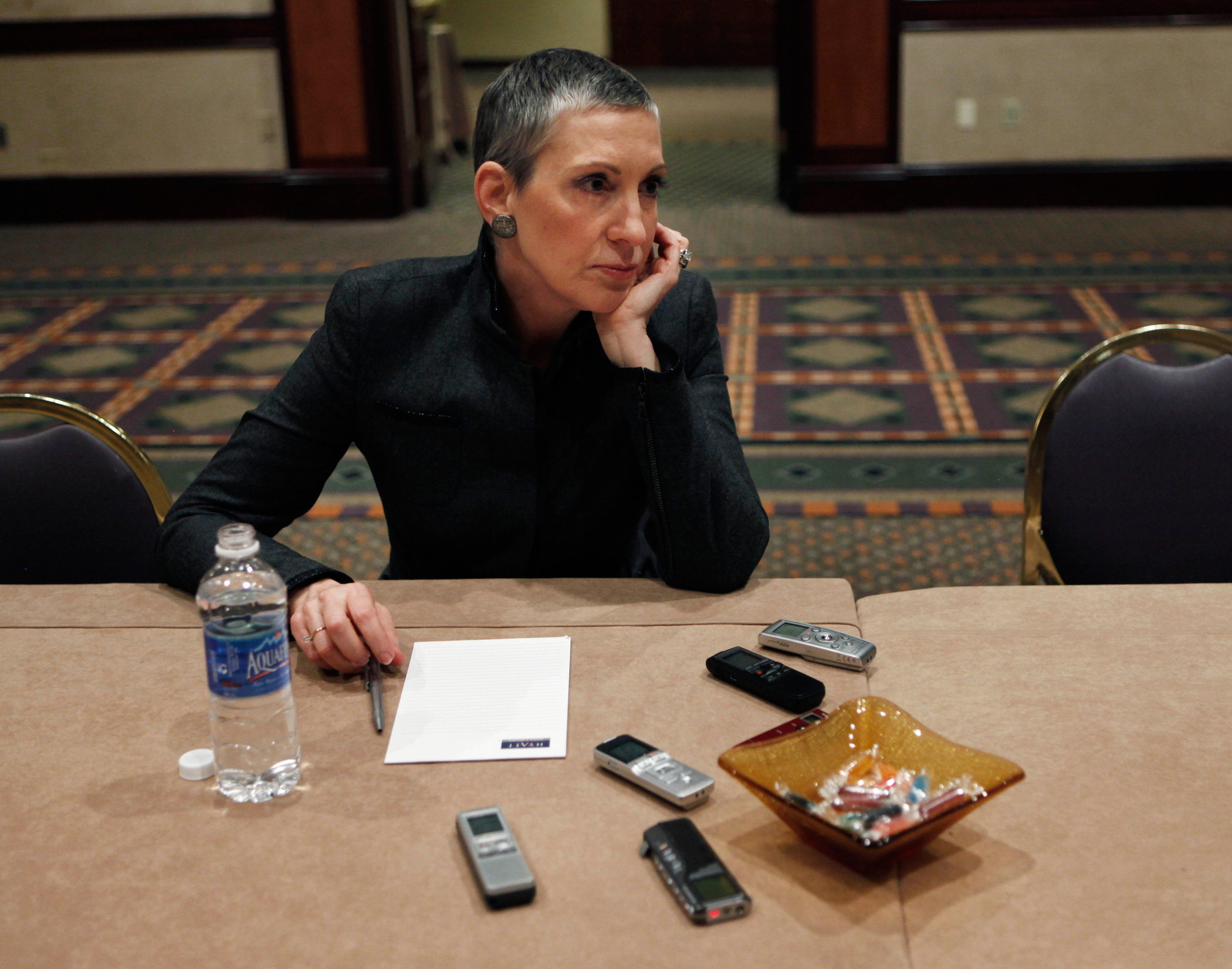

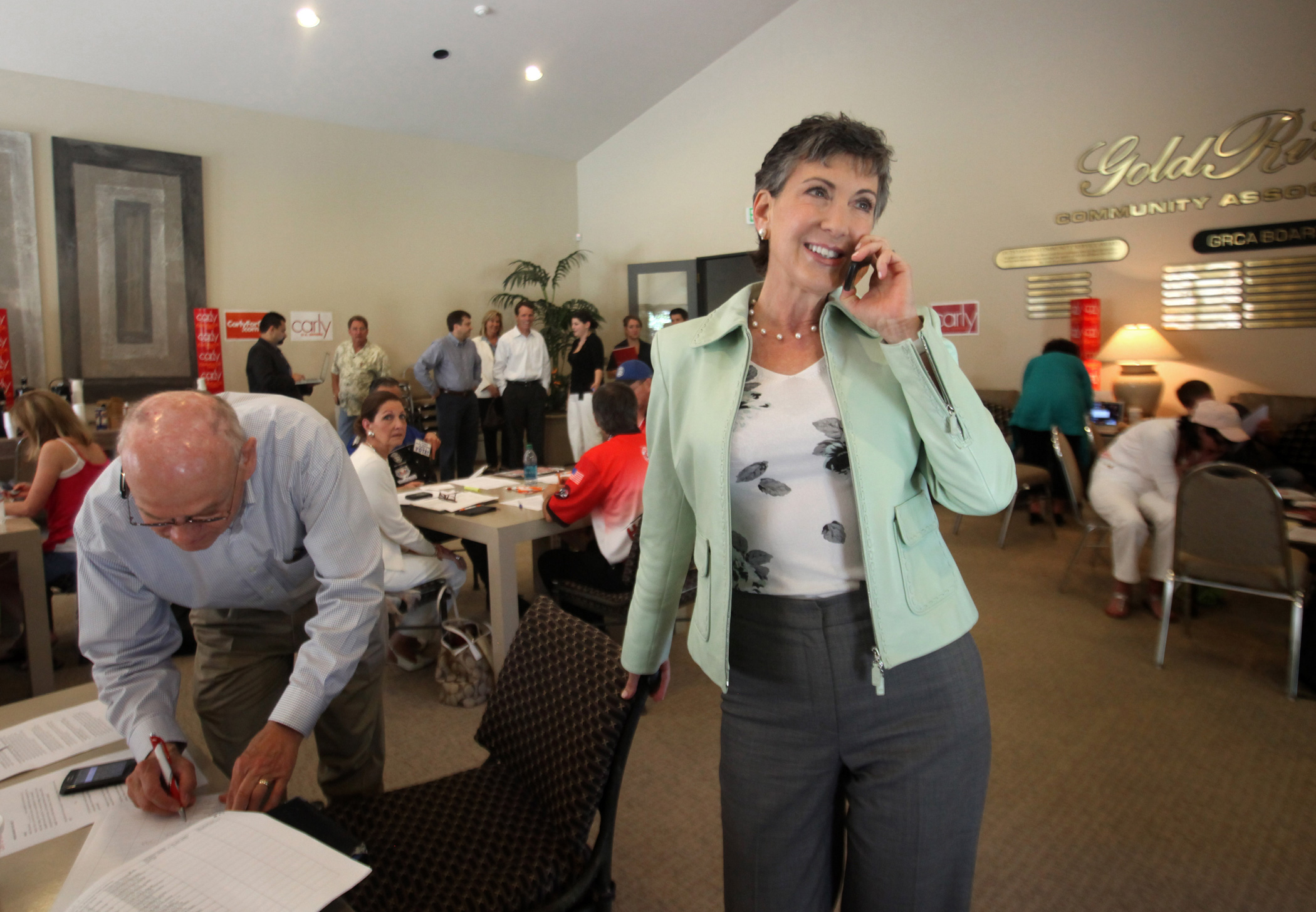

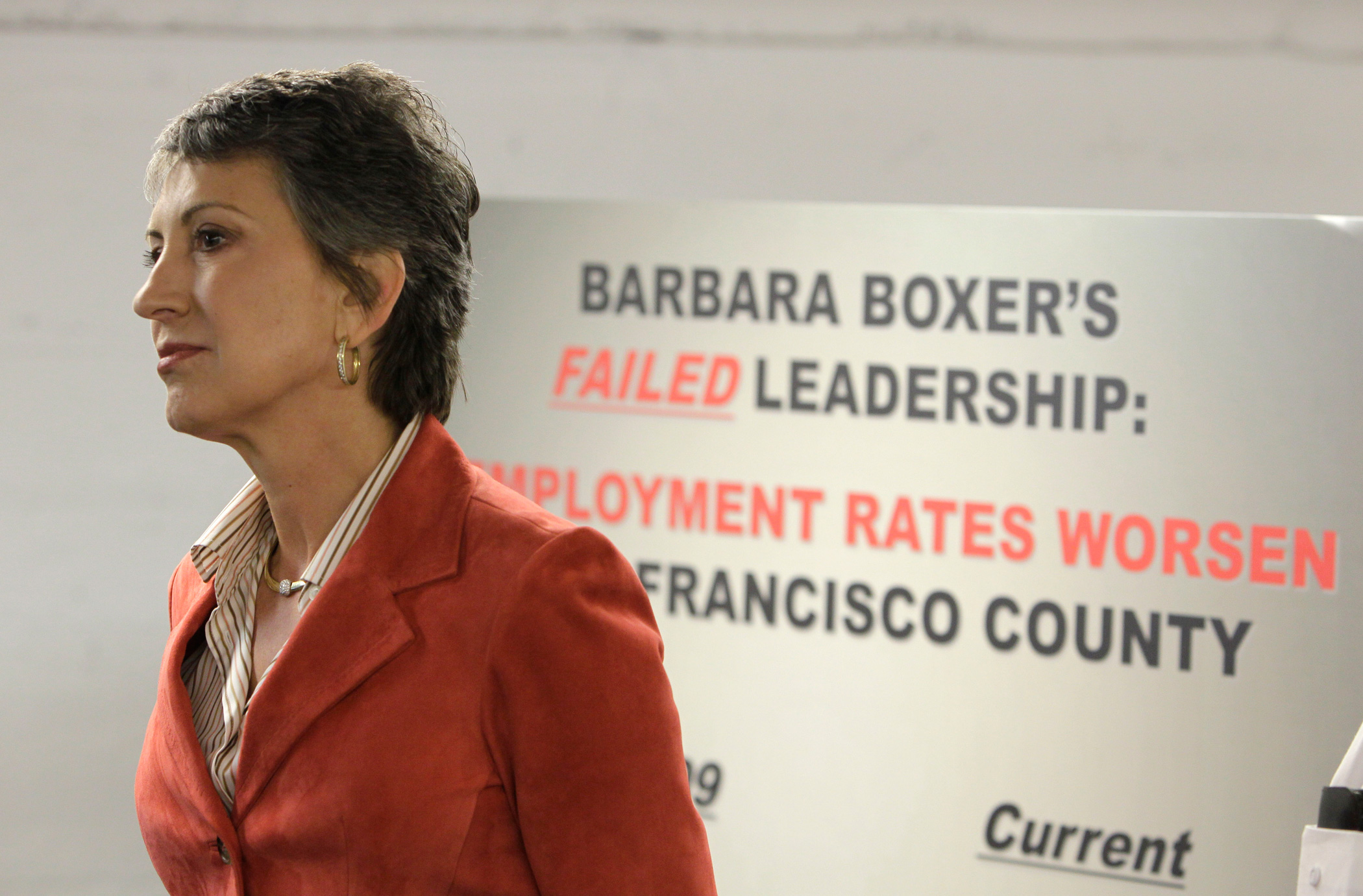
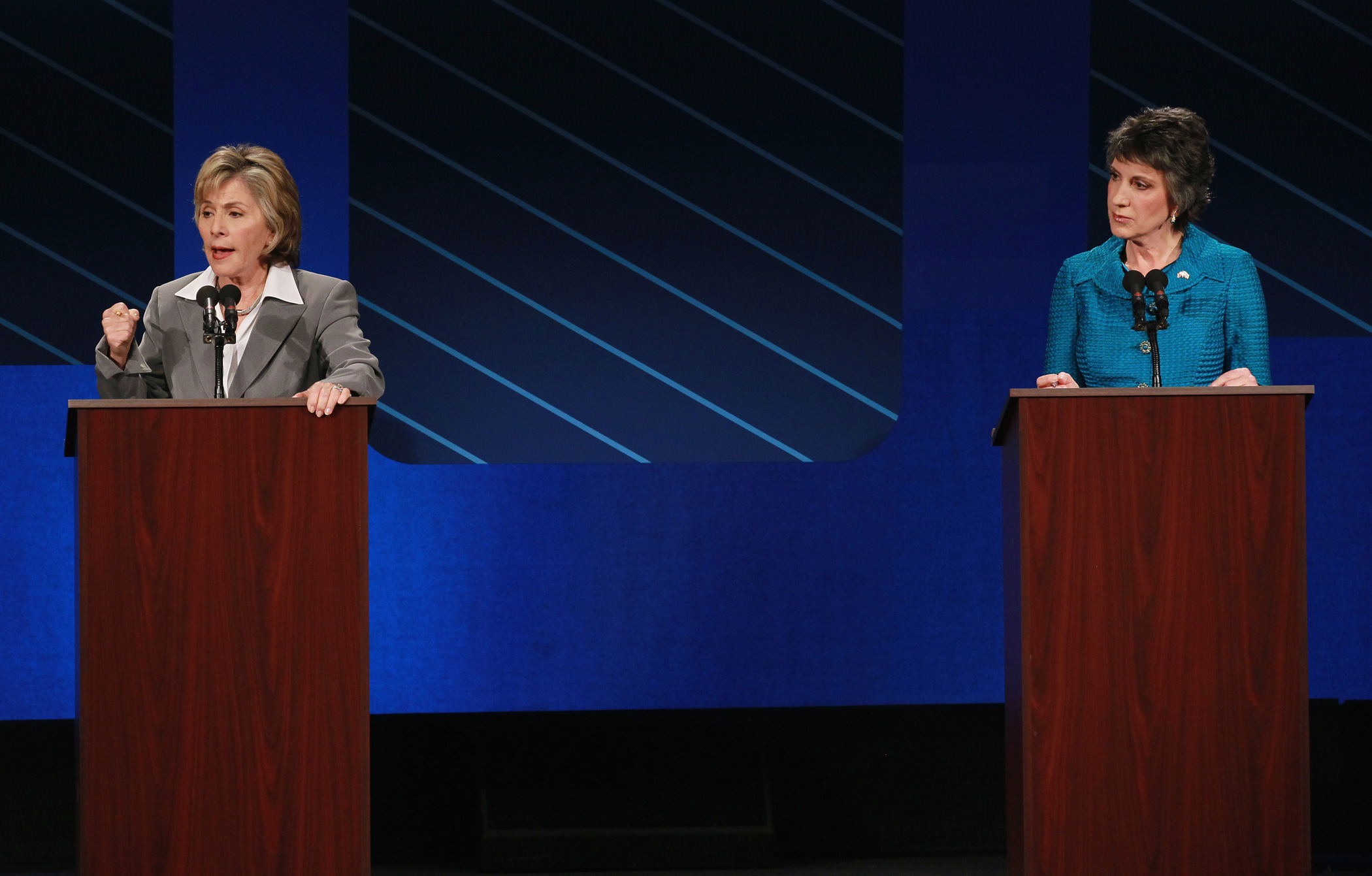


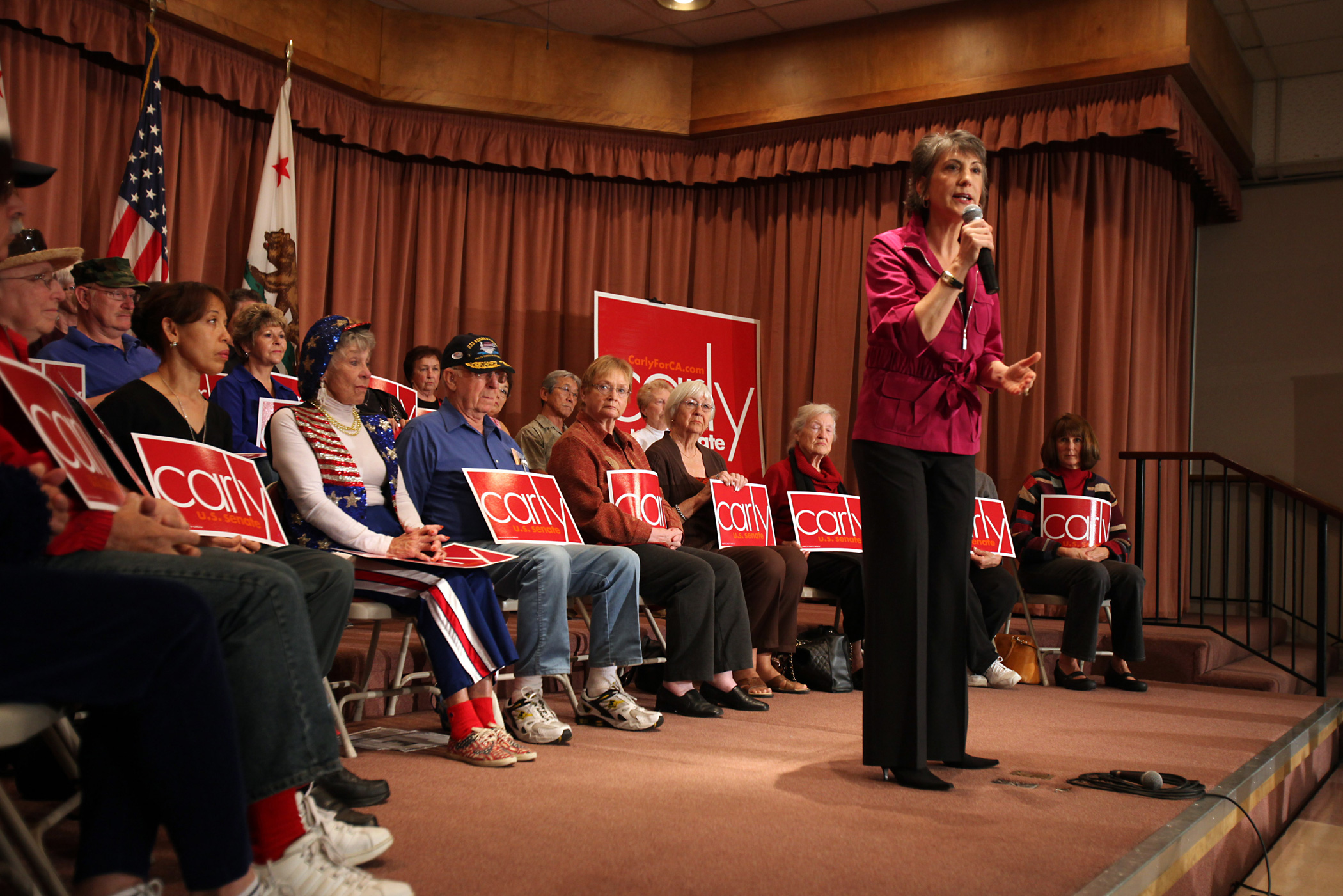
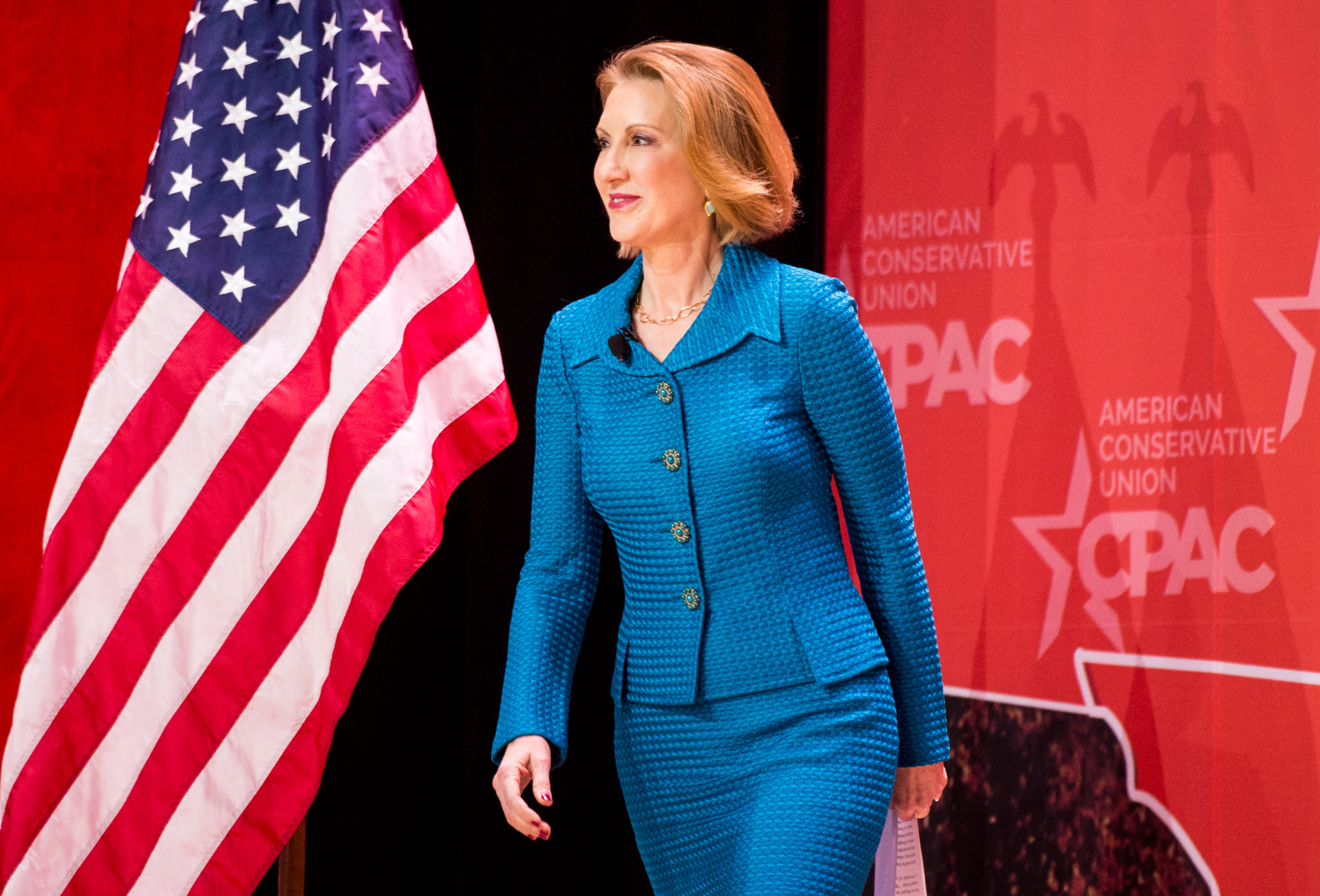

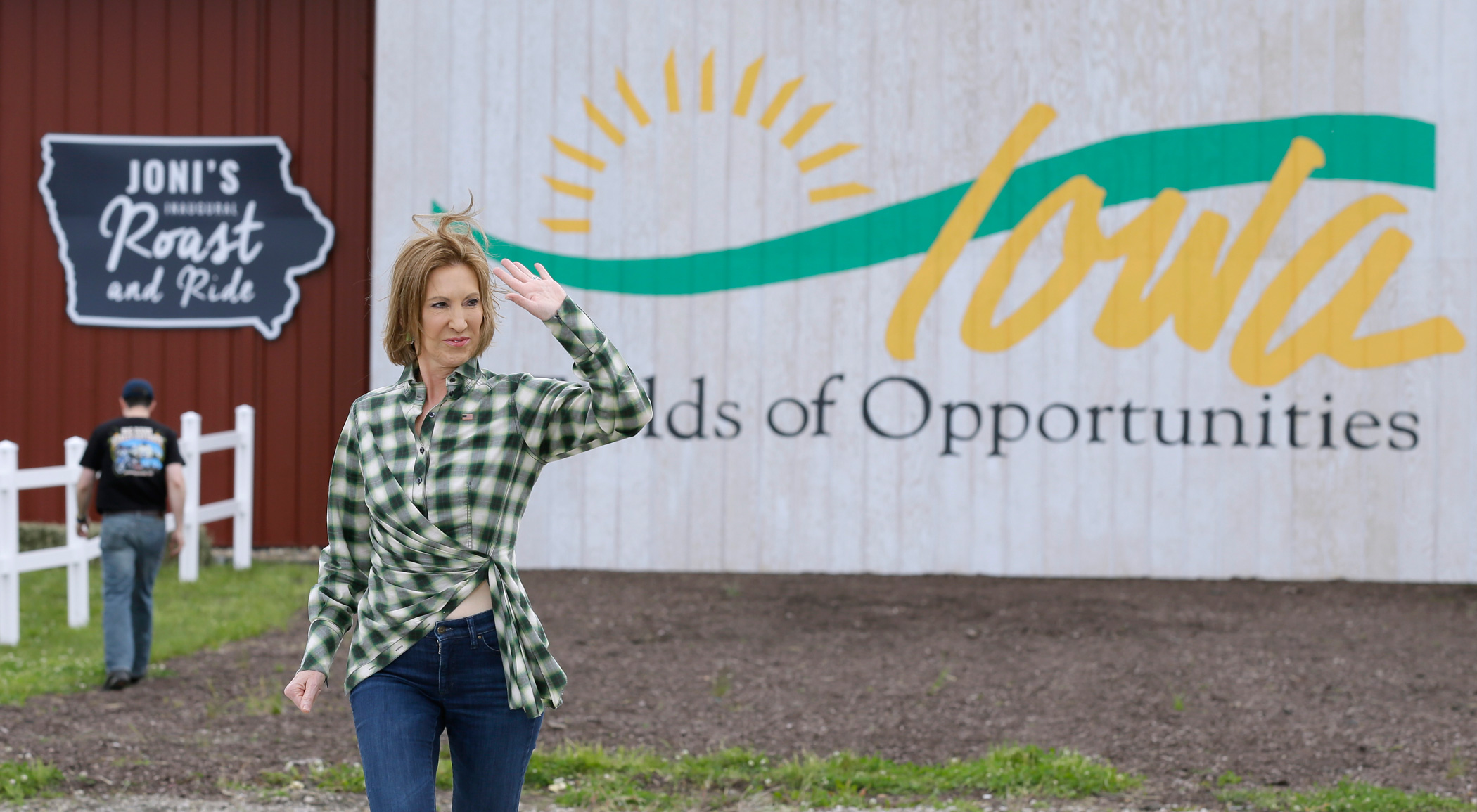
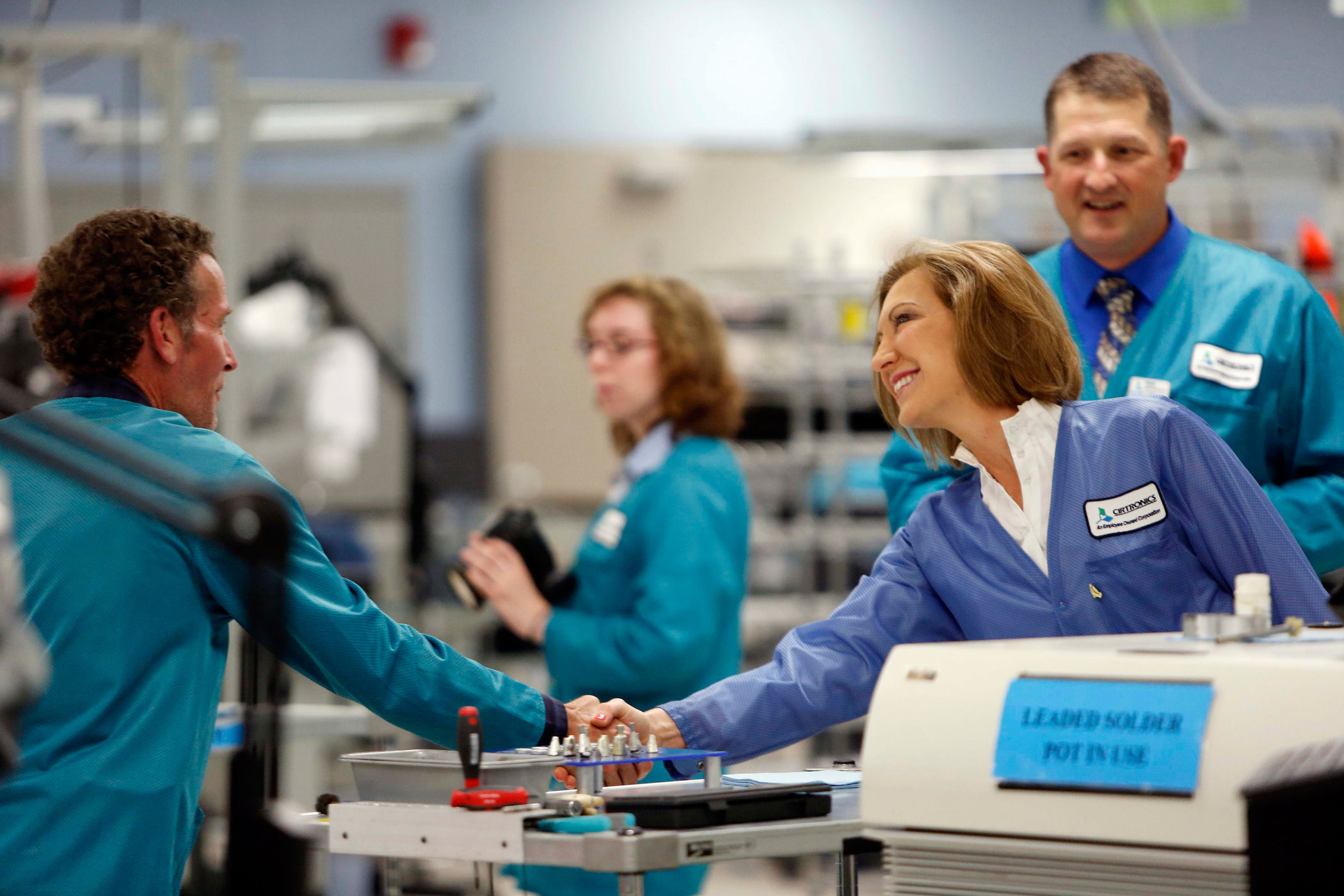
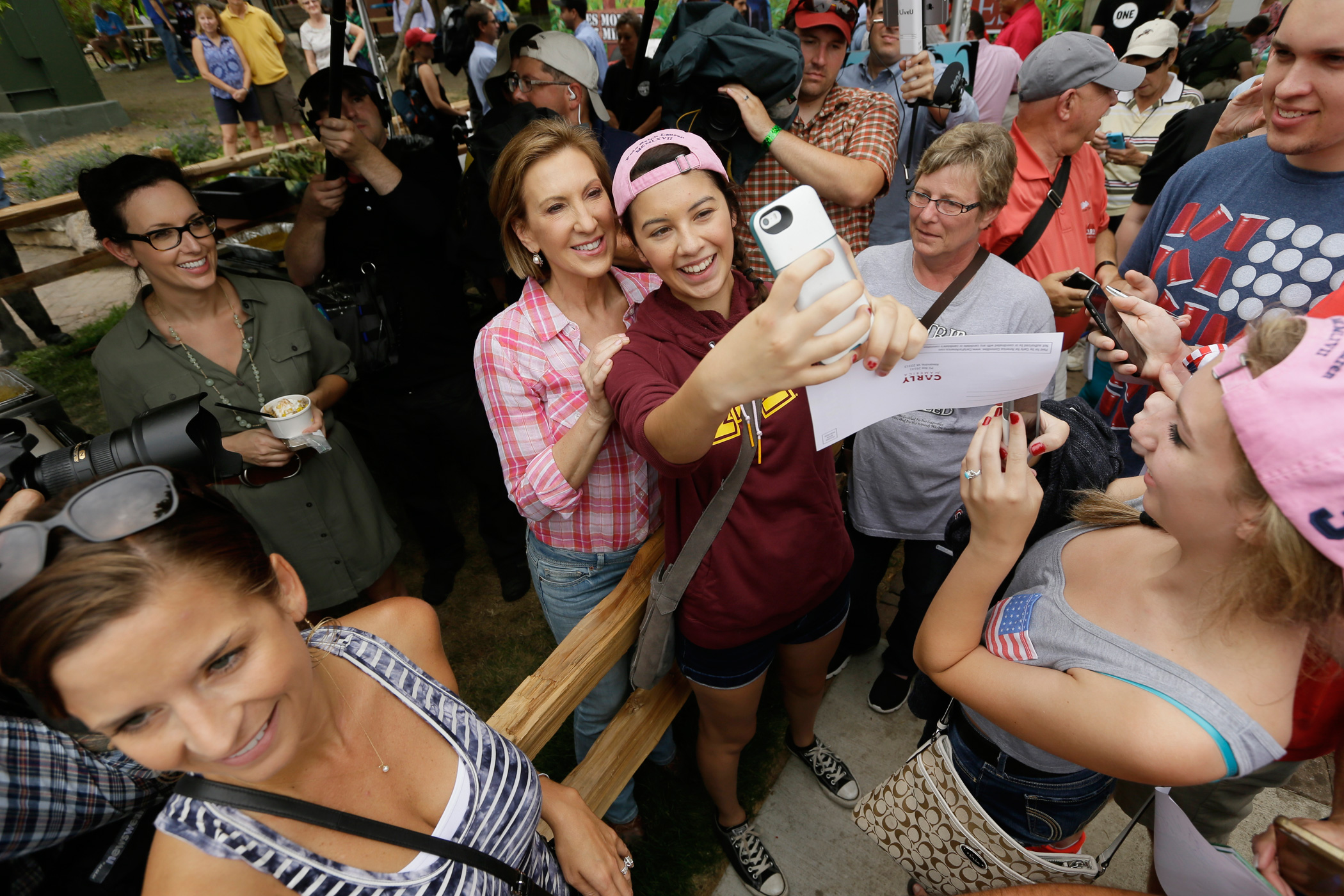




4. Traditional Media & Endorsements
But it’s not Trump’s money that’s the source of his popularity—the real currency propelling him to the top of polls is media attention. Trump has drawn 43 percent of all GOP coverage on network news this year. A top Republican pundit estimates the value of that media attention at roughly $100 million—but Trump has only spent $2 million so far. Say what you will about Trump’s investment record, but that’s just good business.
Since 1980, the single best predictor for determining who will win a party’s nomination has been political endorsements from party elites. Unsurprisingly, Hillary leads all candidates with 153 endorsements. So far, Jeb Bush has racked up 24 endorsements to lead the GOP; he’s followed by Rand Paul (11), Ted Cruz (8), Mike Huckabee (7) and Chris Christie (7). But given the state of the Republican race so far, it looks like the 2016 election cycle may buck that trend.
5. Social Media Growth—Especially for the Olds
Ever since Howard Dean’s surprise rise (and fall) in 2004, pundits have been clamoring over the internet’s potential to swing races one way or another. But though Facebook, Twitter and the like have been around for nearly a decade, it’s only recently that they’ve become staples of Americans’ daily lives. In February of 2005, just 8 percent of Americans internet users used social networking sites—by September 2013, that figure had jumped to 73 percent. Older voters—traditionally the bulwark of the voting electorate—have seen the most dramatic increases. In August 2006, about 5 percent of 50-64 year olds logged on to social media, as did just 1 percent of people over 65. By September 2013, those figures had jumped to 65 percent and 46 percent, respectively. Since 2010, the share of registered voters who follow political figures on social media has more than doubled.
Bottom line? Social media will be more important than ever this election cycle. But we’re still a long ways away from “likes” translating into votes. Otherwise we’d be taking Kanye West’s 2020 presidential announcement much more seriously.
(Pew Research Center (a), Pew Research Center (b))
More Must-Reads from TIME
- Donald Trump Is TIME's 2024 Person of the Year
- Why We Chose Trump as Person of the Year
- Is Intermittent Fasting Good or Bad for You?
- The 100 Must-Read Books of 2024
- The 20 Best Christmas TV Episodes
- Column: If Optimism Feels Ridiculous Now, Try Hope
- The Future of Climate Action Is Trade Policy
- Merle Bombardieri Is Helping People Make the Baby Decision
Contact us at letters@time.com